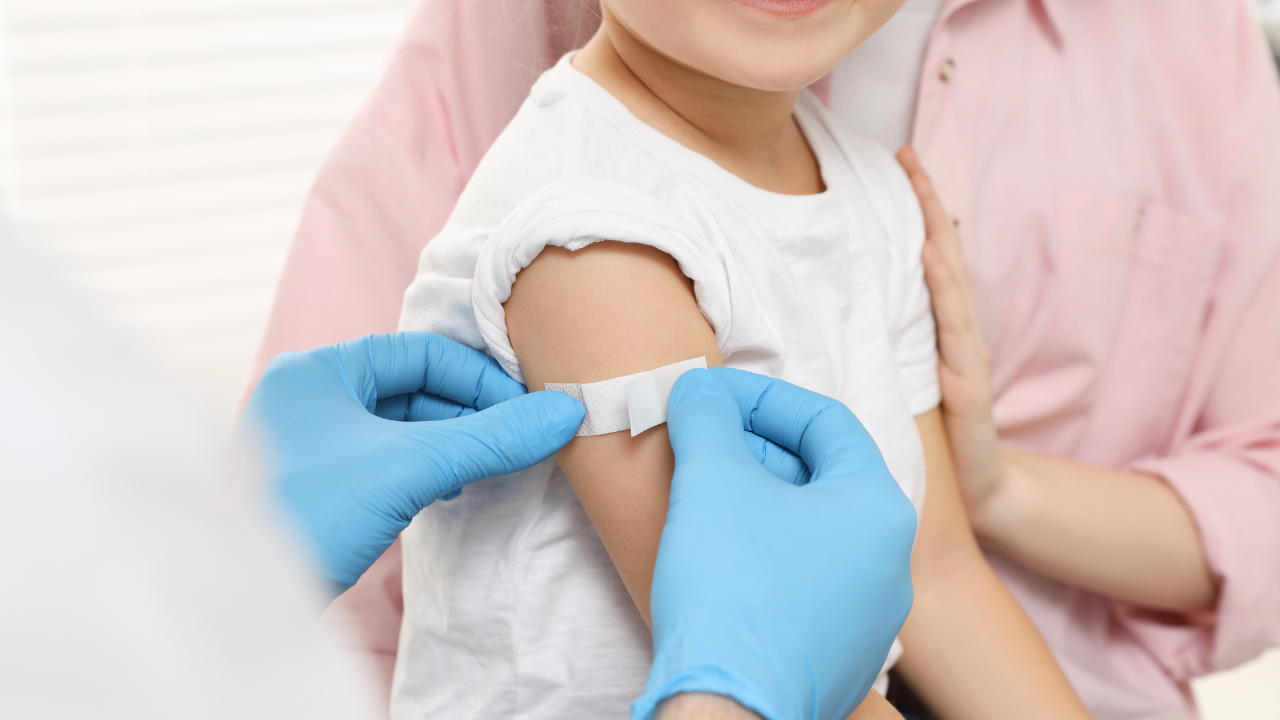Understanding hepatitis in children
Numerous viruses, including hepatitis A, B, C, D, and E, can cause hepatitis. Hepatitis A and B are the most prevalent in youngsters. While hepatitis B is typically transmitted by contact with infectious bodily fluids, hepatitis A is mostly transferred by contaminated food and water. If left untreated, any type can cause inflammation and damage to the liver.
Early signs and symptoms
1. Fatigue and Weakness: In children, unexplained fatigue and weakness are among the first symptoms of hepatitis. Youngsters may seem abnormally exhausted and unmotivated for play or daily tasks.
2. Jaundice: One of the most common signs of hepatitis is jaundice, which is defined as yellowing of the skin and eyes. The accumulation of the yellow pigment bilirubin in the blood is the cause of it. If their child exhibits any yellow discoloration in the skin or eyes, parents need to watch out for it.
3. Abdominal Pain and Swelling: Hepatitis-affected children often experience pain in the abdomen, especially in the upper right quadrant, which is where the liver is situated. There may also be discomfort or edema in the abdomen.
4. Appetite Loss: Children with hepatitis frequently experience a discernible loss of appetite. They might refuse to eat or drink, which would cause dehydration and weight loss.
5. * feeling of Nausea and Vomiting*: In youngsters, nausea and vomiting are early indicators of hepatitis. These symptoms may not go away and might lead to dehydration and appetite loss.
6. Dark Urine and Pale Stools: Color changes in the urine and stools may be signs of liver disease. Poop that is either pale or clay-colored and dark urine are typical indicators of pediatric hepatitis.
7. Fever and Flu-like Symptoms: Early signs of hepatitis might include fever and flu-like symptoms like headaches, joint pain, and muscle aches. These indicators frequently come before more focused ones, such as jaundice.
Importance of early diagnosis
According to Dr. Punit Singla, Director & HOD – Institute of Liver Transplant & HPB Surgery, Marengo Asia Hospitals, Gurugram, “Early detection of these hepatitis symptoms in children is essential for timely medical care. If a youngster displays any of these signs, it’s critical to get medical help right once. Appropriate treatment, which may include antiviral drugs, supportive care, and lifestyle modifications to control symptoms and avoid complications, is made possible by early diagnosis.”
Children’s hepatitis can have generic, modest symptoms that are easy to miss. Not to mention changes in appetite, urine/stool color, fatigue, jaundice, and abdominal pain are important warning indicators. For children with hepatitis to be treated well and have improved health outcomes, early diagnosis and treatment are essential. When they spot any troubling symptoms in their children, parents and other caregivers should be on the lookout and get their children checked out.
What are the key signs of hepatitis seen in kids





